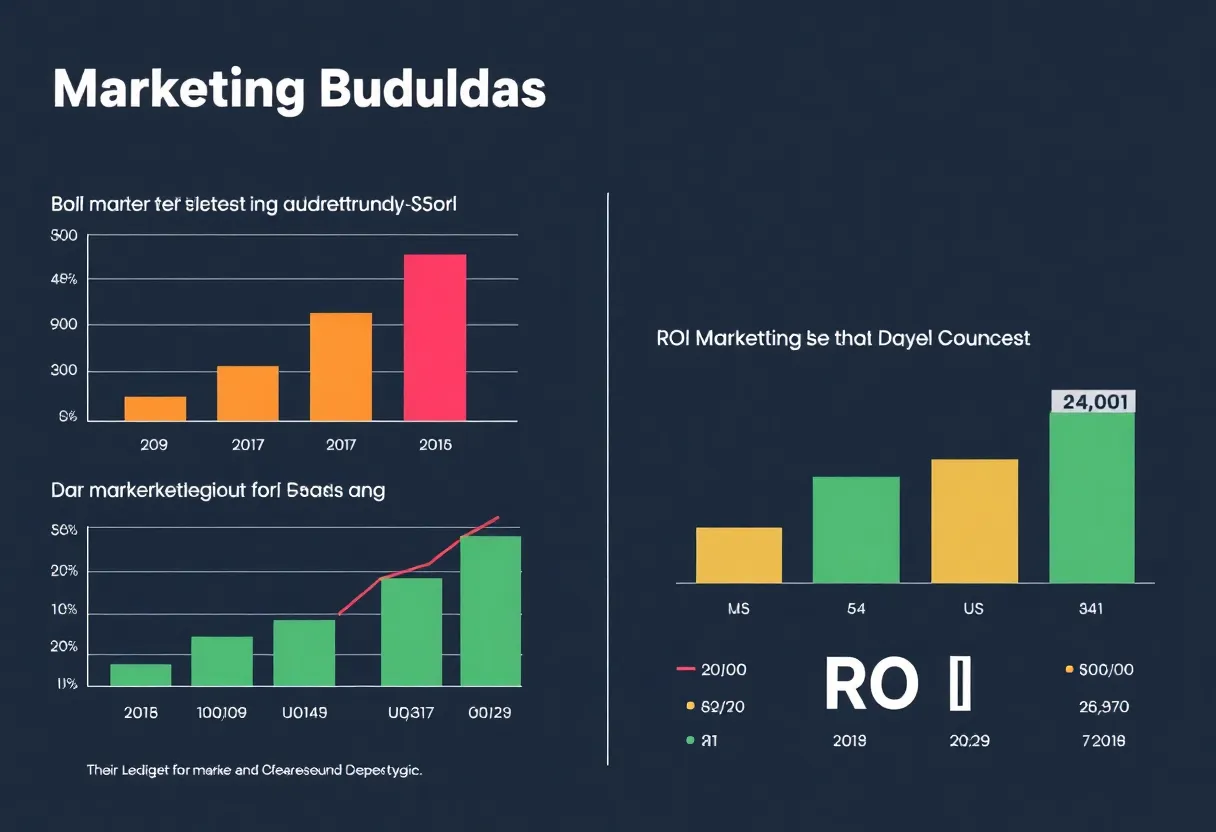Adjusting Marketing Budgets: A Guide for B2B Firms
As we find ourselves settled into the cozy chill of fall here in San Francisco, many Chief Marketing Officers (CMOs) and senior marketing leaders are gearing up for an essential task—**_finalizing budgets_**. It’s that time of year when interest peaks and conversations about competitive marketing investments take center stage!
Why the Buzz About Budgets?
This isn’t just a mere matter of numbers; rather, it’s about strategically managing resources so that organizations can meet their ambitious marketing targets. With **_annual targets_** typically creeping upward each year, the pressure on marketing budgets can lead to tough discussions. Are you facing inquiries about the **_return on investment (ROI)_** from your marketing endeavors? You’re not alone! Many organizations are navigating similar waters, looking to calibrate budgets in the face of growing expectations.
The Big Takeaway
Here’s a key piece of advice: don’t settle for just the average investment percentages while planning your budgets. According to a recent report on B2B marketing budget benchmarks, the average B2B firm spends about **_8% of annual revenue_** on marketing. Sounds simple enough, right? But hang on! That figure alone may not tell the full story for your business.
Diving Deeper Into the Numbers
Why is that? Well, the **_8% figure_** is derived from an analysis of nearly 500 organizations, highlighting a vast array of marketing investments. While many firms (the largest group, in fact) typically invest between **_7.1% and 10%_**, the distribution isn’t uniform across all industries. For instance, sectors like Retail and Wholesale generally hover around that global average, whereas industries like Production and Manufacturing may experience a much wider variation in spending.
This goes to emphasize that industries may adhere to similar average percentages, yet the individual spending stories can be vastly different. And when we segment the data by **_annual revenue_**, that diversity really comes to light.
Understanding the Landscape
If you only glance at the average investment figures, you might miss crucial insights into how your sector operates. That’s why it’s essential to move beyond simple averages. Many organizations don’t just need to know what the average is; they need a clearer picture of how their **_marketing budget allocation_** compares to similar firms. To this end, there’s a wealth of information available in detailed reports that go beyond mere numbers.
What Can You Do?
For businesses looking to make the most of their marketing budget, the relevant reports offer a treasure trove of data. These analyses break down marketing allocations into various dimensions, examining aspects such as:
- Industry & revenue band
- Global vs. regional investments
- Program, personnel, and technology splits
- More granular breakdowns within marketing functions
Marketers who tailor their analysis and draw insights from these reports often find immense **_value_** when applying these benchmarks. Working alongside experienced professionals in the field can lead to significant growth for your organization, backed by solid data and informed strategies.
Let’s Get Engaged!
If you’re a client already plugged into this data, starting with the **_2024 B2B Marketing Budget Benchmarks: Overview_** and the associated reports can pave the way for insightful planning. For those not yet part of this exciting wave of marketing strategizing, consider exploring how you might start that journey.
And don’t forget to mark your calendars! An engaging roundtable is scheduled at the upcoming Forrester B2B Summit from March 31 to April 3, 2025. It’s a great opportunity to dive into best practices and learn about common pitfalls with B2B marketing budget allocations alongside your peers in the industry.
In Conclusion
As the calendar year winds down and budgets are adjusted, it’s vital that marketing leaders approach their planning with the right tools and insights in hand. By evolving beyond typical averages and embracing detailed benchmarks, you can set your organization on a path toward sustainable growth!







